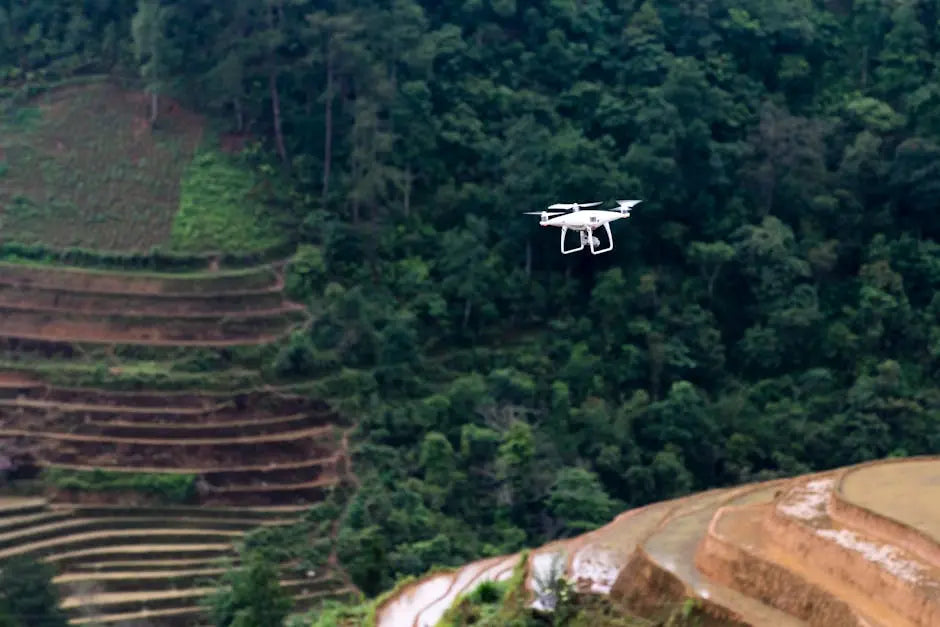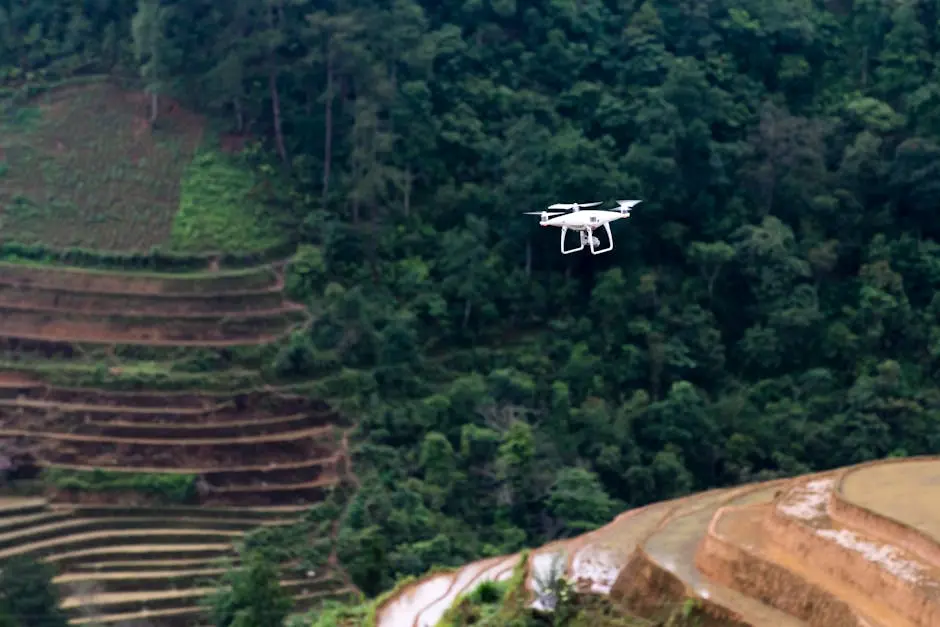
The Future of Agriculture: Exploring UAV Crop Spraying Solutions
Share
In recent years, the agricultural industry has witnessed a significant shift towards technological innovation. Among these advancements, UAV or drone technology has emerged as a game changer, particularly in crop spraying. This blog delves into how UAV crop spraying solutions are shaping the future of agriculture, making it more efficient and sustainable.
Understanding UAV Technology in Agriculture
Unmanned Aerial Vehicles, commonly known as drones, are becoming an integral part of modern agriculture. These flying devices are equipped with sensors and sprayers that allow for precision in crop management, making agricultural practices more efficient.
The ability of UAVs to cover vast expanses of farmland with ease is unparalleled. Their agility enables them to navigate difficult terrain and reach areas that might otherwise be inaccessible. This is particularly crucial during the production peak, where every minute counts towards ensuring high yield. Notably, the adoption of UAV technology is not just about the speed but also about the quality of work they bring to the task.
Moreover, drones equipped with advanced imaging capabilities offer farmers a bird’s eye view of their fields. This perspective allows for better monitoring and management of crops, identifying issues such as pest infestations or water stress early. By integrating these insights with precision spraying, farmers can better manage resources, optimize yields, and enhance the sustainability of their operations.
Benefits of UAV Crop Spraying
UAV crop spraying solutions offer numerous advantages over traditional methods. They provide precise application of pesticides and fertilizers, reducing waste and minimizing environmental impact. Additionally, drones can cover large areas quickly, saving farmers valuable time and resources.
Drones ensure even distribution of chemicals across various crop types, using tailored spraying patterns to deliver optimal coverage. This precision not only helps in conserving pesticide usage but also protects the soil and groundwater from pollution. Furthermore, the reduced human exposure to chemicals during the application process represents a significant health and safety advantage for farmworkers.
Another noteworthy benefit is the scalability that drones bring to agricultural practices. As farms grow larger, manually-operated vehicles face limitations in terms of efficiency. UAVs bridge that gap, allowing farmers to scale their operations seamlessly. This flexibility is fundamental in addressing the challenges of feeding a growing global population.
Farmers can experience an enhanced efficiency boost with UAV crop spraying, leading to timely interventions, especially in weather-sensitive scenarios. The speed and adaptability of drones mean that weather windows that would otherwise cause delays are efficiently managed, keeping the farming cycle on track.
Challenges and Considerations
Despite their benefits, implementing UAV technology in agriculture comes with challenges. These include high initial costs, regulatory concerns, and the need for skilled operators. Understanding and addressing these aspects is crucial for the successful adoption of UAVs.
The ecosystem surrounding drones demands a solid understanding of regulatory frameworks that govern airspace usage. Inconsistent regulations across regions can create barriers for widespread adoption. Farmers must navigate these legal complexities to ensure compliance and avoid potential fines or operational restrictions.
Another significant consideration is the investment in training for operators. Drones, despite their technological prowess, are only as effective as the people controlling them. This requires a shift in farm management where investing in human capital becomes as important as investing in technology itself. Additionally, maintenance of these high-tech machines represents another layer of cost and knowledge requirement that must be factored into any decision-making.
The Future Outlook of UAVs in Agriculture
As technology continues to advance, the potential uses for UAVs in agriculture are expected to expand. From real-time data collection and analysis to fully autonomous operations, the future of agriculture looks promising with these innovative solutions at the forefront.
UAVs are set to revolutionize how we understand and interact with agricultural environments. By leveraging technologies such as AI and machine learning, we can anticipate increasingly sophisticated applications where drones perform tasks autonomously, learning and adapting in real-time to the conditions they encounter.
Furthermore, the integration of drones with smart farming techniques could lead to a new era of precision agriculture. By combining UAV data with IoT devices and advanced analytics, farms can be managed with unprecedented accuracy, reducing waste and maximizing yield. This synergy is paving the path for what many are calling the fourth agricultural revolution.
Embracing the UAV Revolution in Agriculture
UAV crop spraying solutions are set to revolutionize agriculture by offering precise, efficient, and environmentally friendly alternatives to traditional methods. As technology continues to evolve, it opens up new possibilities for farmers, promising a future where agriculture is smarter and more sustainable.

